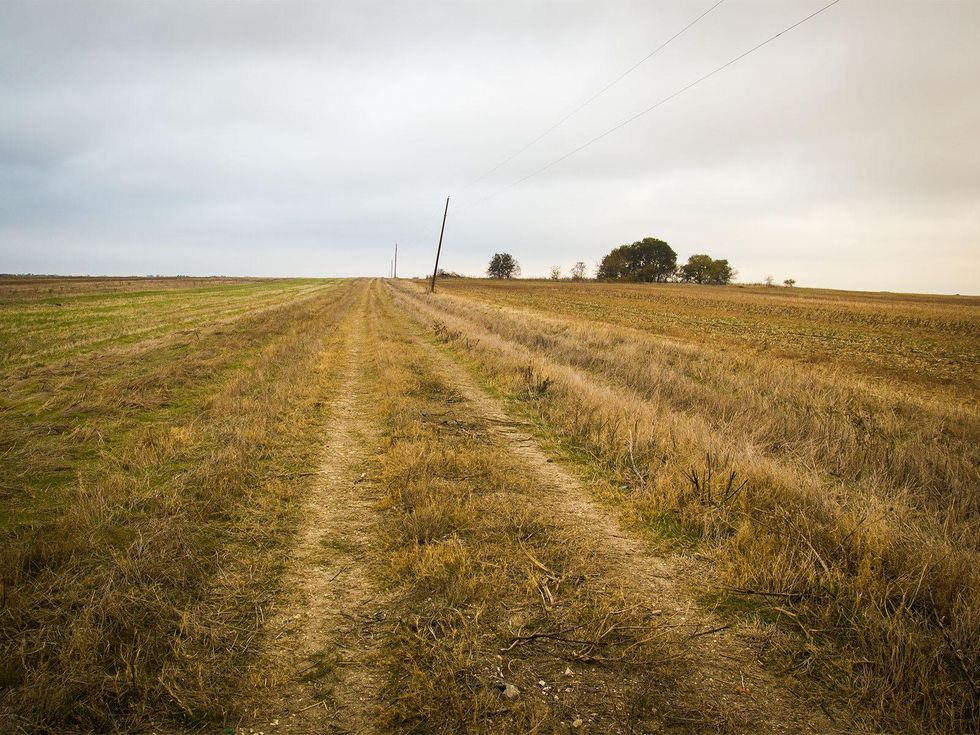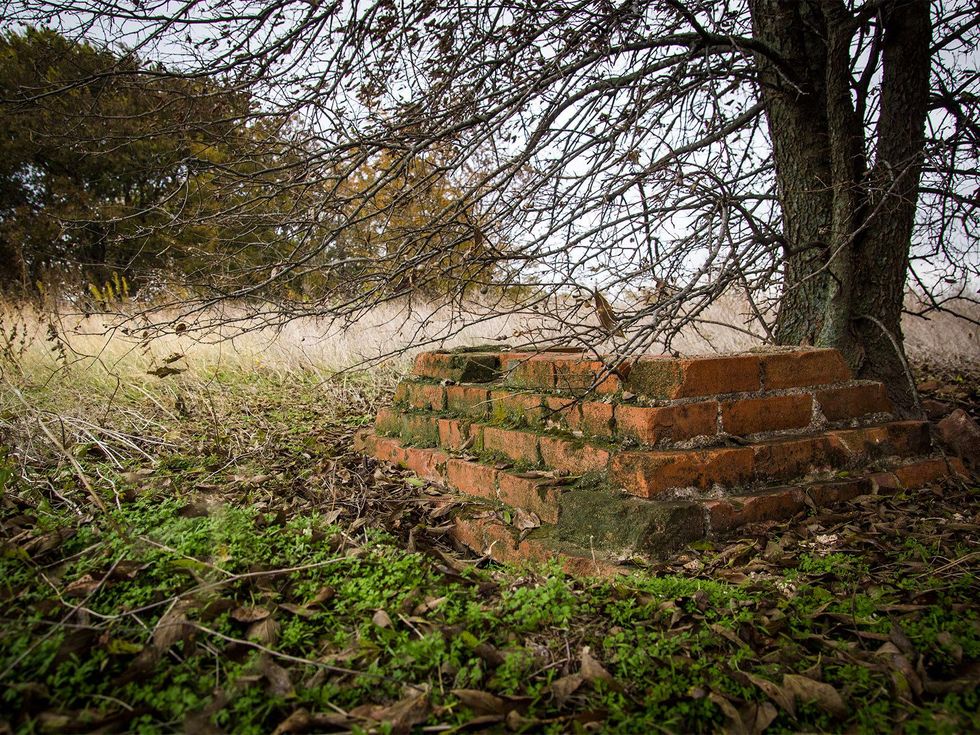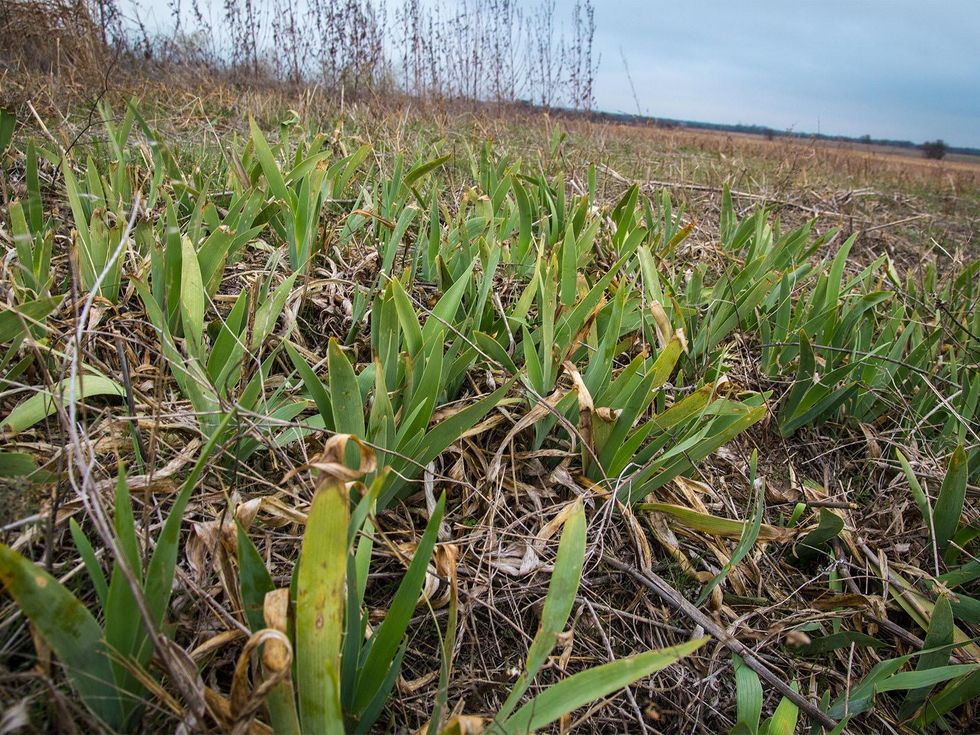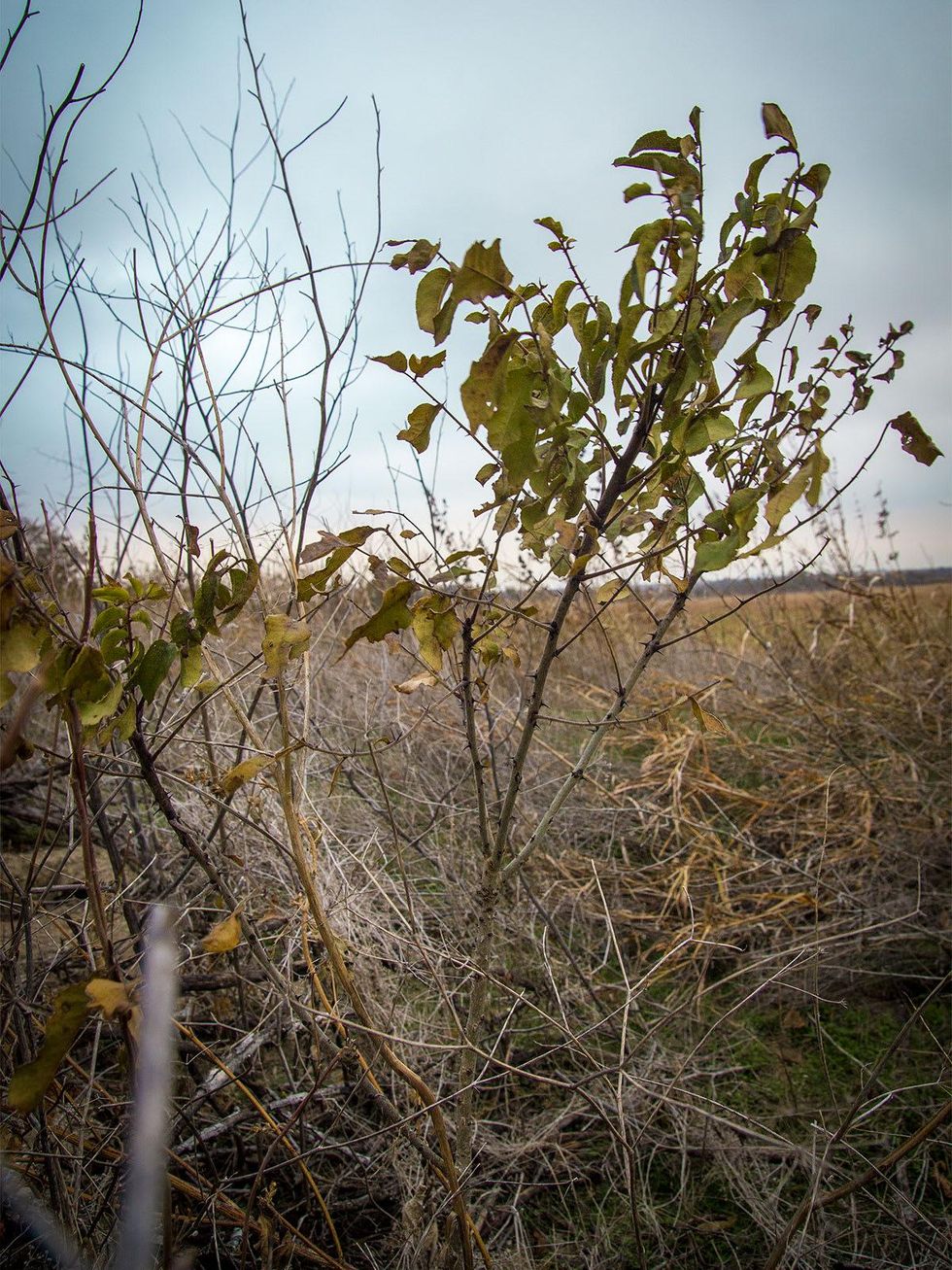The Farmer Diaries
Texas farmer masters cuttings as creative alternative to seeds
Still a novice at growing things, I feel that any new skill I learn is a huge step forward. Most recently added to my bag of tricks is the ability to do root cuttings, which allows me to propagate plants not from seed but from other plants.
In cuttings, you take a twig from an established plant and insert it into a growing medium. If all goes well, it form roots and leaves and becomes a new, independent plant.
I'd tried to root cuttings when I was a child but always failed. But after my wife and I took a one-evening community course on plant propagation taught by a botanist, the process became clear. I learned that you take a cutting of the stem from the most recent year's growth — distinct from older growth because it's still soft and bendable, and it has some green left in the outer skin.
Take a twig from an established plant and insert it into a growing medium. If all goes well, it form roots and leaves and becomes a new, independent plant.
Cut a section of a stem just below a so-called node, the place on a stem where it looks like a branch or a leaf is trying to bud out. A node is usually a thicker spot on the stem and has a concentration of literal stem cells that can become a leafy branch or roots.
About three to four inches up from that node, cut the stem again, this time so that this top tip includes a node just below the cut. You should end up with a twig about the length and roundness of a golf pencil, maybe a little longer, with a node at the bottom and a node at the top. It's important to keep track of which tip was closest to the roots because that's the tip that needs to be designated as the bottom of the cutting.
I trim my cuttings so that there's a leaf or two left on each one, in the upper fourth of the twig. The lower three-fourths of the cutting I dip into a container of rooting hormone powder, then immediately insert the powder-coated portion of the cutting into a small, 4-inch pot filled with moist vermiculite. All that pops up out of the top of the pot of vermiculite is a short portion of the cutting; the majority gets buried.
The new cutting is prone to drying out, so placing a sheet of plastic wrap loosely over it will retain moisture lost from the vermiculite and create a high humidity dome for the cutting. Kept in a warm spot with only filtered sunlight, not full sun, the cutting should show signs of life in a month or two by unfurling a new leaf.
The chances of the cutting staying alive are dismal. It may produce a little new growth, but something is very likely to go wrong: the vermiculite gets too dry, fungus attacks or the cutting just fails to thrive. Perhaps the greatest secret I learned from the class is that you should root a lot of cuttings.
You're up against the odds for winning, so you must place your bet on dozens and dozens of cuttings to see just one take hold. Or at least I do because I'm new to this.
Kept in a warm spot with only filtered sunlight, a cutting should show signs of life in a month or two by unfurling a new leaf.
So last fall, when I seized the optimal time of year to start cuttings, I prepared 24. By the spring of this year, about seven looked like they took hold. By the end of summer, only one remained. But that one flourished and even flowered by August with a beautiful red bloom disproportionately large on such a tiny base.
By October, it bloomed again. I can now plant it out in the ground, or pot it up and give it a head start before I put it out into the elements.
Now that I've finally had success with rooting cuttings, I may never have to buy a potted landscaping plant again. I'll just root my own. What's more, I can root trees and shrubs that garden centers will never touch, such as cottonwood trees — the ones that produce the light and airy cottony seed structures that float gracefully down like snowflakes from branches towering high up in the sky, rather than the cottonless varieties.
Save a rose
Best of all, having acquired this new skill means I might be able to save a forgotten rose bush I've had my eye on for almost 35 years now.
Along an abandoned rural road, about a mile from where I live south of Waxahachie, there's a forgotten homesite I found when I was a kid, back in the '70s. No house remains there; I've never seen it as it was gone long before.
I found it one day as was riding my bike down the road and spotted irises growing along the ditch bank. So showy and un-Texas were they that I knew they had to have been planted by someone. I took in the pretty sight of the huge, soft, white blooms, each about the size of a crumpled facial tissue billowing in the wind, and then came across a scraggy rosebush.
I concluded that I was in someone's forgotten yard. Nearby bricks forming the foundation of what looked like a fireplace confirmed my suspicions.
Now that I've finally had success with rooting cuttings, I may never have to buy a potted landscaping plant again.
Something about the living remnants of someone's life, by then long over, gave me a sense of curiosity tinged with sadness. Who knows how many people lived in that home, or how long ago — maybe more than a century ago, because it had disappeared long before my parents bought land nearby.
I wondered if a woman planted the irises and if the husband planted the rose bush. They were planted from a desire to create beauty, and then a generation or two later, these living historical markers remained alive and were still creating beauty.
In my early teens, I dug up a few dozen of the irises and transplanted them in front of my home. They were easy to relocate and have bloomed each year in their new spot for three decades now.
But how to transplant the rosebush has always eluded me. From time to time I've visited it and thought about ways to continue its legacy before the land is sold and someone wipes it off the earth to make way for something new. But not until the plant propagation class, and my first success with rooting a cutting, did I think I stood a chance of rescuing the rose.
On a gloomy day in early November, I returned to the site. It had been about 15 years since I'd seen the bush, even though it's just a mile or so away. The new tenants of the land run cattle on it, and they had built brush piles in the area of the homesite.
I searched the land for more than an hour trying to find the rosebush. Crisscrossing the weedy ground, I saw that the irises were still going strong. I came across a used motor oil collection container that some miscreant had dumped on the property in the '90s. I thought the rosebush was near it, but when I found no thorny bush, I began to conclude that it had succumbed to the drought of 2011, which killed many trees throughout the state and set the ones that survived up for future failure, hence why thunderstorms seem to be toppling more trees now than ever before.
As the sun set and the clouds darkened, in the light that remained I found the rosebush. It had hung onto life, persisting all these years in isolation with no one to see its yellow blooms. But only just barely had it survived. It had always been scraggly, but now it was a single branch with a few scrawny stems. Perhaps it had died back to the roots a few times.
My newfound skill of plant propagation comes in what could be the last season of this rosebush's life. If I can apply what I've learned and cultivate new plants from it, the intention to cultivate beauty that its initial planter had so long ago will be renewed.






